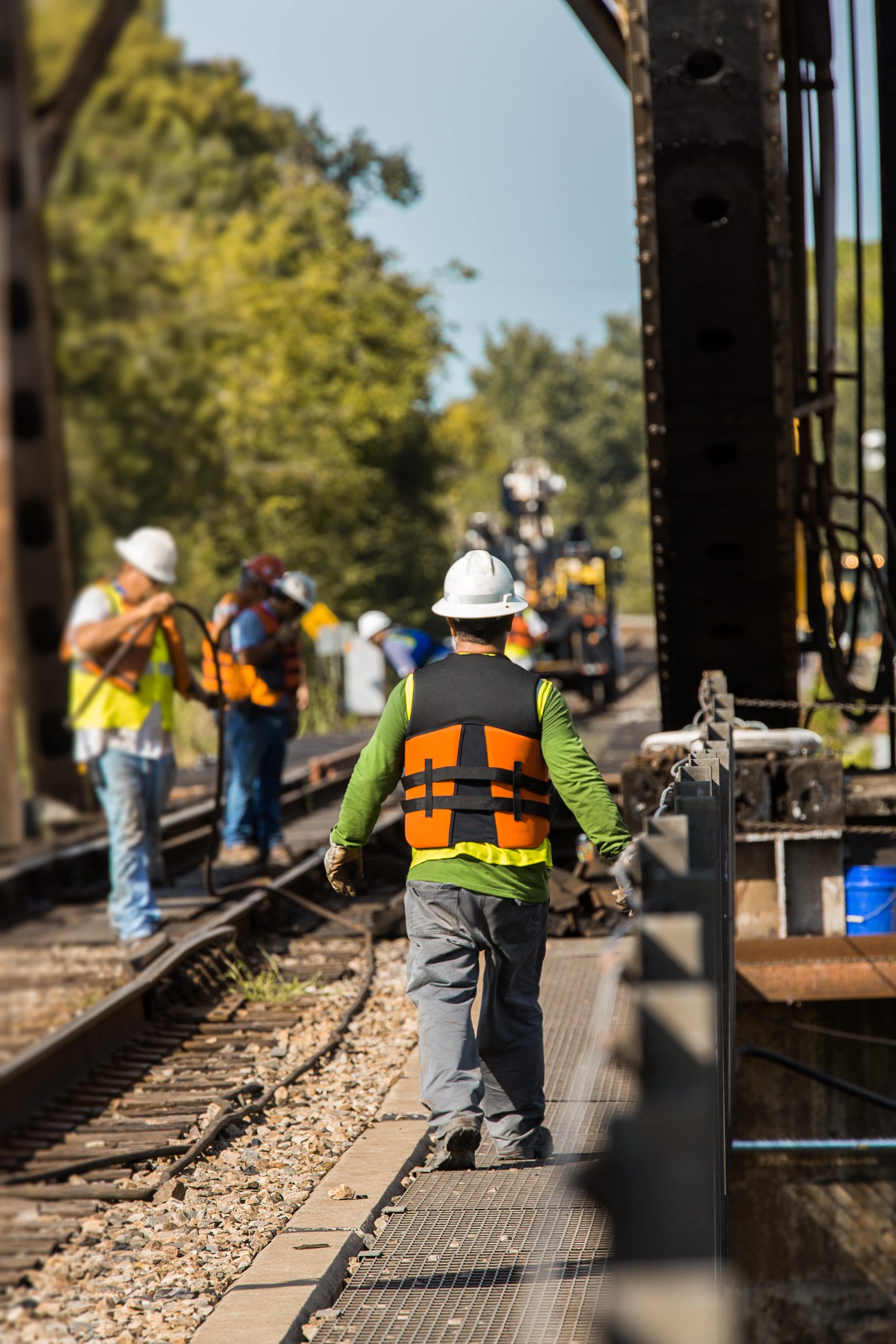Understanding Railroad Cancer Lawyers: Advocating for Justice and Compensation
For lots of years, railroad workers faced overwhelming challenges due to their occupational dangers, specifically regarding direct exposure to harmful products linked to numerous kinds of cancer. In light of these obstacles, the legal occupation has stepped in to supply important assistance. Railroad cancer lawyers work as advocates for those struggling with diseases connected to their employment. This article will dig into the function of railroad cancer lawyers, the risks dealt with by workers, and the legal option offered for victims.
The Impact of Occupational Hazards on Railroad Workers
Railroad workers are frequently subjected to hazardous environments. From the materials they handle to the prolonged direct exposure to outdoors components, the risk factors are complex. Here are some common direct exposures in the railroad industry:
| Hazardous Exposure | Description |
|---|---|
| Asbestos | Used in older rail cars and engine components, asbestos direct exposure can cause mesothelioma cancer and lung cancer. |
| Benzene | A chemical often discovered in diesel fuels and solvents, benzene direct exposure is connected to leukemia. |
| Diesel Exhaust | Prolonged exposure to diesel exhaust has been connected with lung cancer and respiratory issues. |
| Radiation | Workers may encounter radiation from specific products used in railroad upkeep. |
| Heavy Metals | Lead and other heavy metals can be present in paints and coverings utilized on trains and tracks. |
Despite the inherent threats of their occupation, railroad workers frequently do not understand the possible health implications up until it is too late. This lack of awareness, compounded with the complexities of their work conditions, makes legal representation necessary for receiving payment for illnesses developed as a result of their job.
The Role of Railroad Cancer Lawyers
Railroad cancer lawyers focus on cases including workers who have been identified with cancer or other serious health problems as an outcome of railroad work-related direct exposures. Their main responsibilities include:
- Legal Consultation: Providing guidance about workers' rights, potential claims, and the legal procedure.
- Investigation: Gathering evidence pertinent to the claimant's workplace and direct exposures, which may consist of medical records, workplace security records, and professional testimony.
- Negotiation: Engaging with railroad business or insurance coverage suppliers to reach a fair settlement.
- Litigation: If settlements fail, lawyers are prepared to represent workers in court.
- Advisement: Educating clients about the timeline for claims, the expected outcomes, and potential settlement.
Why Hire a Railroad Cancer Lawyer?
Navigating the legal system can be complicated, specifically for individuals already grappling with health issues. Hiring a railroad cancer lawyer can offer various benefits:
Expertise in FELA Claims
The Federal Employers Liability Act (FELA) permits railroad workers to submit claims versus their companies for injuries or diseases arising from negligence. A railroad cancer lawyer is well-versed in FELA and can help prove company liability.
Comprehensive Understanding of Health Risks
Railroad cancer lawyers have necessary knowledge about the specific health risks associated with railroad work. They comprehend the subtleties of how different exposures can lead to cancer, which places them to construct a more powerful case.
Customized Legal Strategy
Each case is distinct. A knowledgeable lawyer will customize legal strategies based upon the specific situations of the client's circumstance, guaranteeing that every relevant detail is thought about.
Maximizing Compensation
Lawyers with experience in railroad cancer cases understand how to quantify damages successfully, consisting of medical costs, lost earnings, discomfort and suffering, and future treatment needs.
Contingency Fee Basis
Lots of railroad cancer lawyers operate on a contingency fee basis, meaning clients pay absolutely nothing up until their case is won. This payment structure allows customers to pursue justice without financial concern.
Often Asked Questions (FAQs)
1. What types of cancers can be connected to railroad work?
A number of types of cancer have been connected with railroad work, consisting of:
- Lung cancer
- Mesothelioma
- Leukemia
- Bladder cancer
- Skin cancer
2. How long do I need to sue?
Most of the times, you have 3 years from the date of the medical diagnosis or the date you knew (or should have understood) about your illness's relationship to your railroad work to submit a FELA claim. However, timelines might vary, so it's important to consult a lawyer quickly.
3. Do I require to show negligence to win my case?
Yes, under FELA, you must demonstrate that your company's carelessness contributed to your injury or health problem. Your attorney will direct you through collecting the essential evidence.
4. Can my household file a claim if I pass away from a railroad-related cancer?
Yes, if a railroad worker dies from an occupational disease, their household might file a wrongful death claim under FELA to look for payment for their loss.
5. What should I do if I presume my cancer is work-related?
It is vital to look for medical suggestions first. Once you've received a diagnosis, consulting a railroad cancer lawyer can assist you comprehend your legal rights and options.
Railroad cancer lawyers play a pivotal role in promoting for the rights of workers exposed to hazardous products. By comprehending the threats, legal paths, and the value of having actually specialized legal representation, victims can take essential steps towards accomplishing settlement and closure. Given the often-long and strenuous journey toward healing, these lawyers stand as crucial allies for railroad workers battling job-related health issues. If Railroad Cancer Settlements or someone you know has actually been affected by these situations, do not think twice to seek expert legal recommendations to guarantee your rights are secured.

